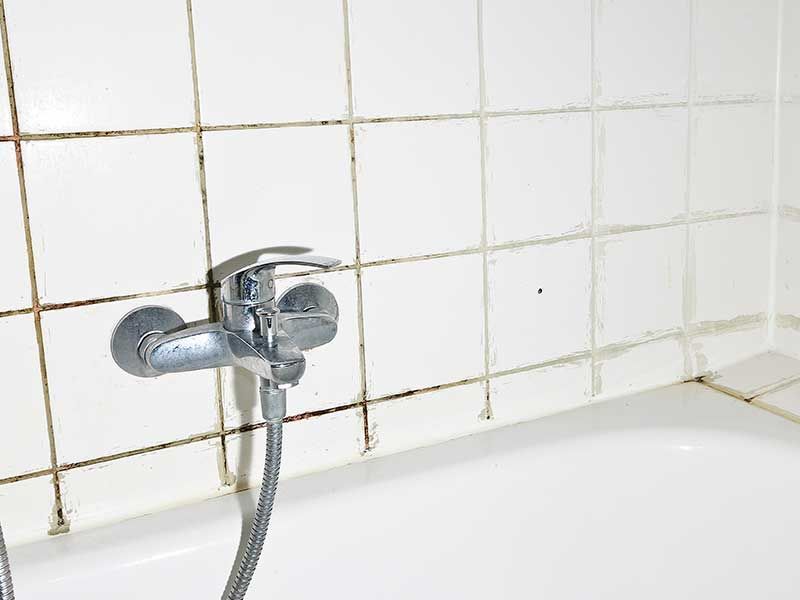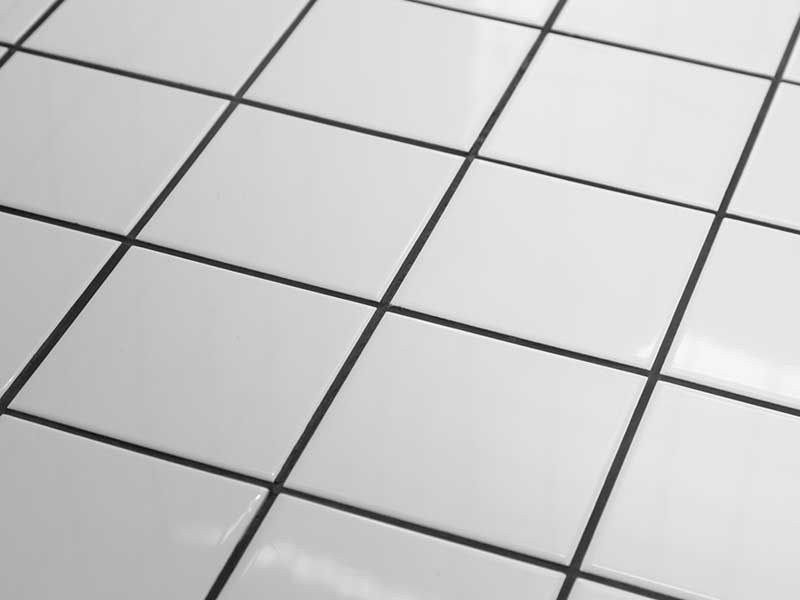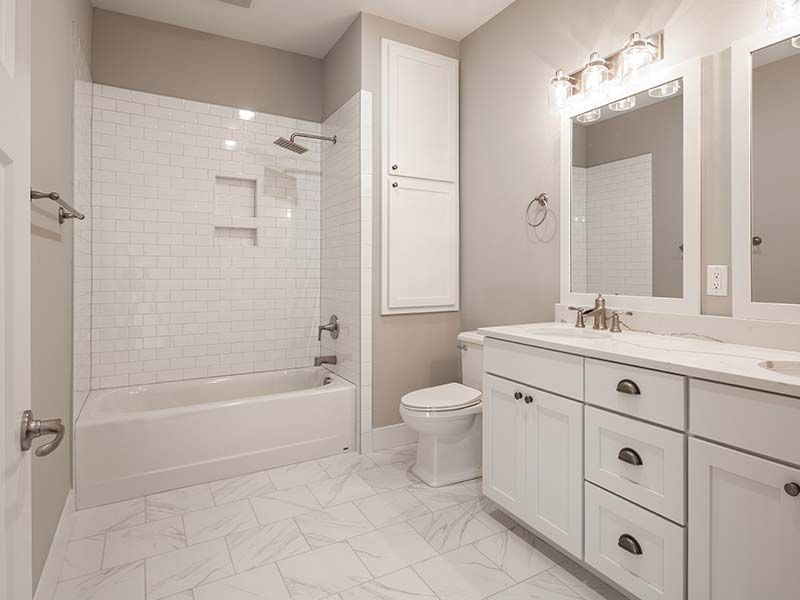Tips To Prevent and Remove Mold from Grout Lines
Mold poses serious health risks to you and your family. Making sure that your home is mold free comes down to having the right tools and knowledge to prevent it from growing in places that are susceptible. One of the hotspots for mold growth in any home is in the bathroom or kitchen, specifically in the grout lines between your tile. But how exactly can you prevent mold growth on surfaces that are constantly wet? We put together this article to illustrate a few concrete tips to prevent and remove mold from your tile’s grout lines.
How Does Mold Grow On Grout Lines
Mold is prone to growing in any environment that has warm temperatures, poor air circulation, and moisture. You can likely already see why bathrooms and kitchens are such hotspots for it. However, another key aspect of its growth is that it can grow in porous materials before you can even physically see it, and that means your grout is the perfect place for it to hide.
Protip: Mold growth causes discoloration in grout and can be extremely difficult to remove once it sets in.
Removing Mold From Grout
By using a few common household items and some solid elbow grease, you can reliably remove small mold buildups. For serious mold issues it’s always best to contact a professional, like your friends at All Out Tile & Grout, to assess and deal with it in the best way possible.
The most important aspect of cleaning mold from grout is what solution you use. We will be covering multiple methods for different cleaners, such as baking soda and vinegar, bleach, and hydrogen peroxide.
Protip: Never mix chemicals together, even household items. You may accidentally end up creating something more hazardous than the mold you are trying to remove!
Baking Soda
The first cleaning product you can make is made of something almost everyone has in their home: baking soda and vinegar. Obviously when mixed together they create a volatile reaction, but we can use that to our advantage for cleaning purposes. Here are a few methods to cleaning with baking soda:
Using a damp sponge, cover it lightly in baking soda before scrubbing the area. Let it sit for a minute or so before washing away with a warm water and vinegar solution made with equal parts.
You can also create a past made of a few teaspoons of water and about ½ cup of baking soda. Apply directly to the moldy spots and let it rest for 10 minutes. Then rinse it down with the vinegar solution.
The last way you can use baking soda is by mixing a ½ cup with a gallon of water, which creates a cleaning solution that can be sprayed on all of the problem spots. It’s better to let this sit for up to 30 minutes before rinsing but cleaning up is the same as the previous methods.
Bleach
Bleach is a far harsher chemical than baking soda but it has the ability to break through soap scum, reverse staining and kill some types of mold spores as well as general bacteria.
Protip: It is a common misconception that bleach kills all mold types. If you try applying bleach and see no results, more bleach will not solve the problem and it may be best to turn to a professional.
However, keep in mind that bleach gives off harmful fumes that can irritate your skin, eyes and lungs. When using bleach make sure to employ protective equipment like safety glasses, rubber gloves or even a face mask. Especially if you are in a room where you can’t open a window. With those things in mind, let’s examine the methods.
The first method is pretty straightforward. By simply scrubbing the affected area with bleach and a stiff-bristled brush, letting it sit for 15-30 minutes and rinsing with warm water, you get a solid and effective mold removal.
If there is a large area or deeper spores then you can instead create a solution of 4 parts bleach to one part water in a spray bottle. Apply it to the moldy grout and let it sit for 30 minutes before brushing the grout with a similarly stiff-bristled brush. Rinse and repeat as necessary.
Hydrogen Peroxide
Possibly the best chemical to use for removing mold is hydrogen peroxide. It kills several types of mold and fungi while having the added benefit of not producing harmful fumes. It can however cause fading and discoloration within your grout so this is really more recommended for older grout that may already have fading.
Circling back around to the paste method of application, peroxide can be mixed with white flour (as using baking soda will create an adverse reaction). The steps are identical with this paste, just apply to the affected areas, let it sit ideally overnight if you don’t have pets or small children, and then rinse it off with cold water.
It can also be used by itself as a cleaning spray. Just apply via spray bottle to problem areas, wait at least 10 minutes before you rinse, and wipe away the remaining peroxide. You can safely combine hydrogen peroxide and baking soda to create a similar reaction to the baking soda and vinegar approach above. First, create a baking soda paste and spread it over the area. Then, carefully pour some hydrogen peroxide over the paste and allow it to fizz. This both loosens dirt and mold and kills bacteria.
How To Keep Mold From Growing In Grout
Preventing mold is much easier than removing mold and will save you a ton of stress and time in the long run. Here are a few simplified steps for keeping that icky mold from sprouting up in the first place.
Clean your grout regularly- This may be the most common sense prevention method but it truly ensures you won’t be dealing with mold down the road.
Get your grout professionally sealed- Sealing your grout on a regular basis means that there is a physical barrier between the grout and any potential mold.
Utilize air circulation- Dispersing warm or humid air also helps keep mold at bay. If it isn’t warm and slightly muggy on a regular basis, mold won’t grow in the first place.
Use anti-mold products- Specifically, you can have anti-mold grout installed or buy a mold prevention solution from a store.
Ultimately if the mold is too fierce for you to face on your own you can always rely on the professionals and All Out Tile and Grout to inspect, assess and remove any and all mold to keep your living space safe!
Key Takeaways:
From baking soda and vinegar to bleach or hydrogen peroxide, there are several options for removing mold from your grout. Just be careful not to mix chemicals, don’t apply too much of anything with harmful fumes, and allow your chosen cleaning solution to sit long enough to get the job done. Prevention can be a better option, however, and nothing beats a regular cleaning, both by you and a professional.


